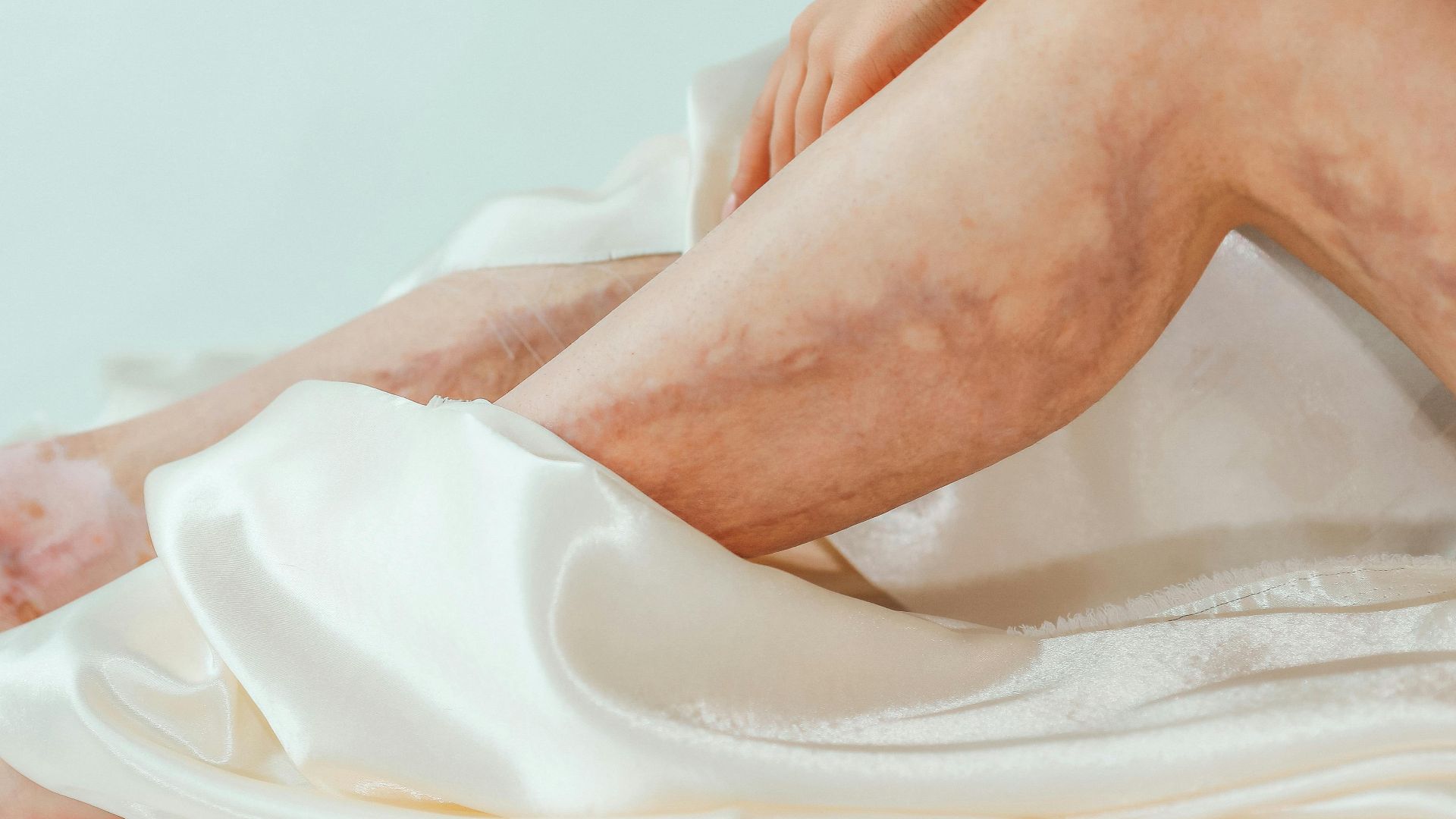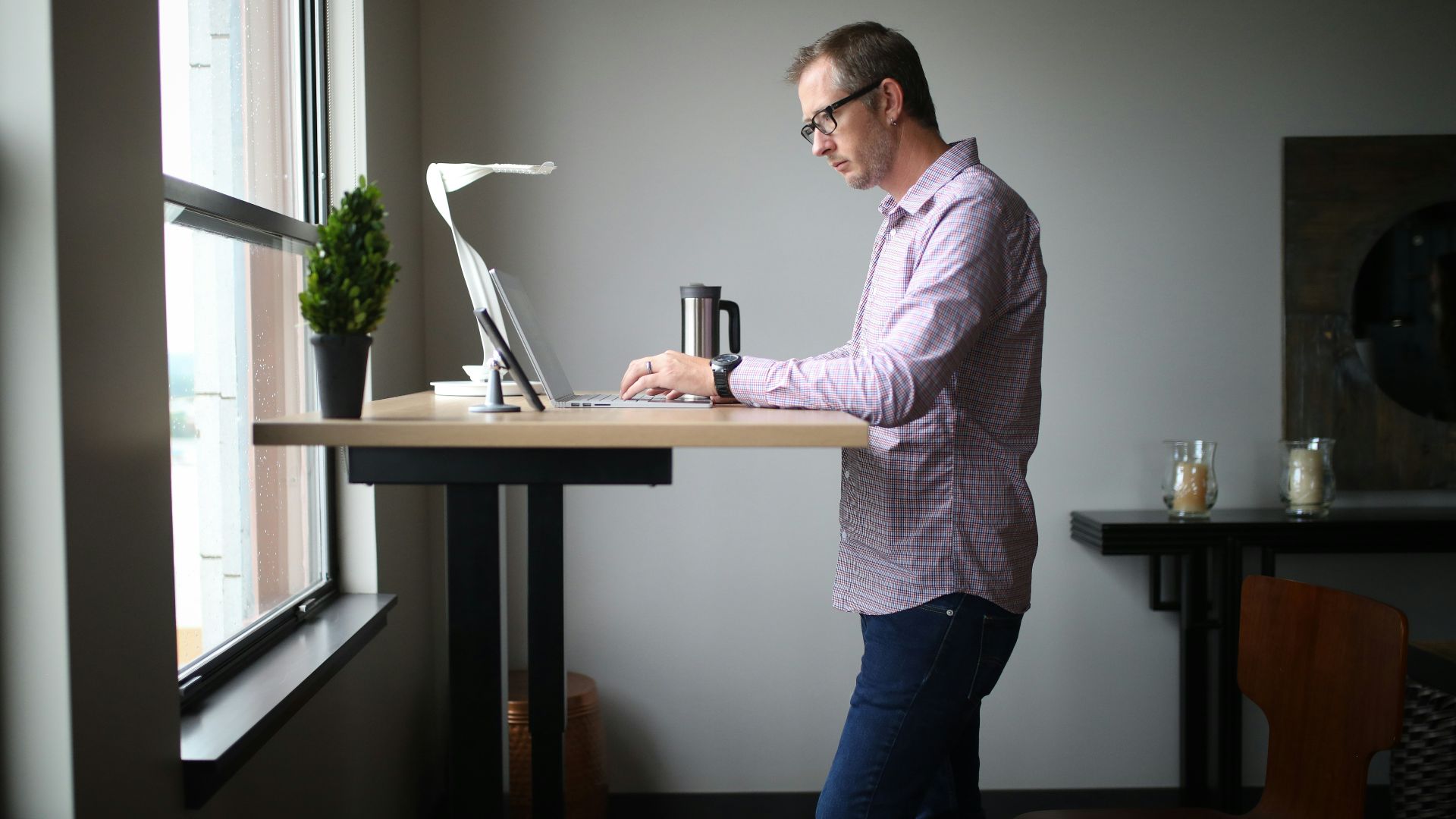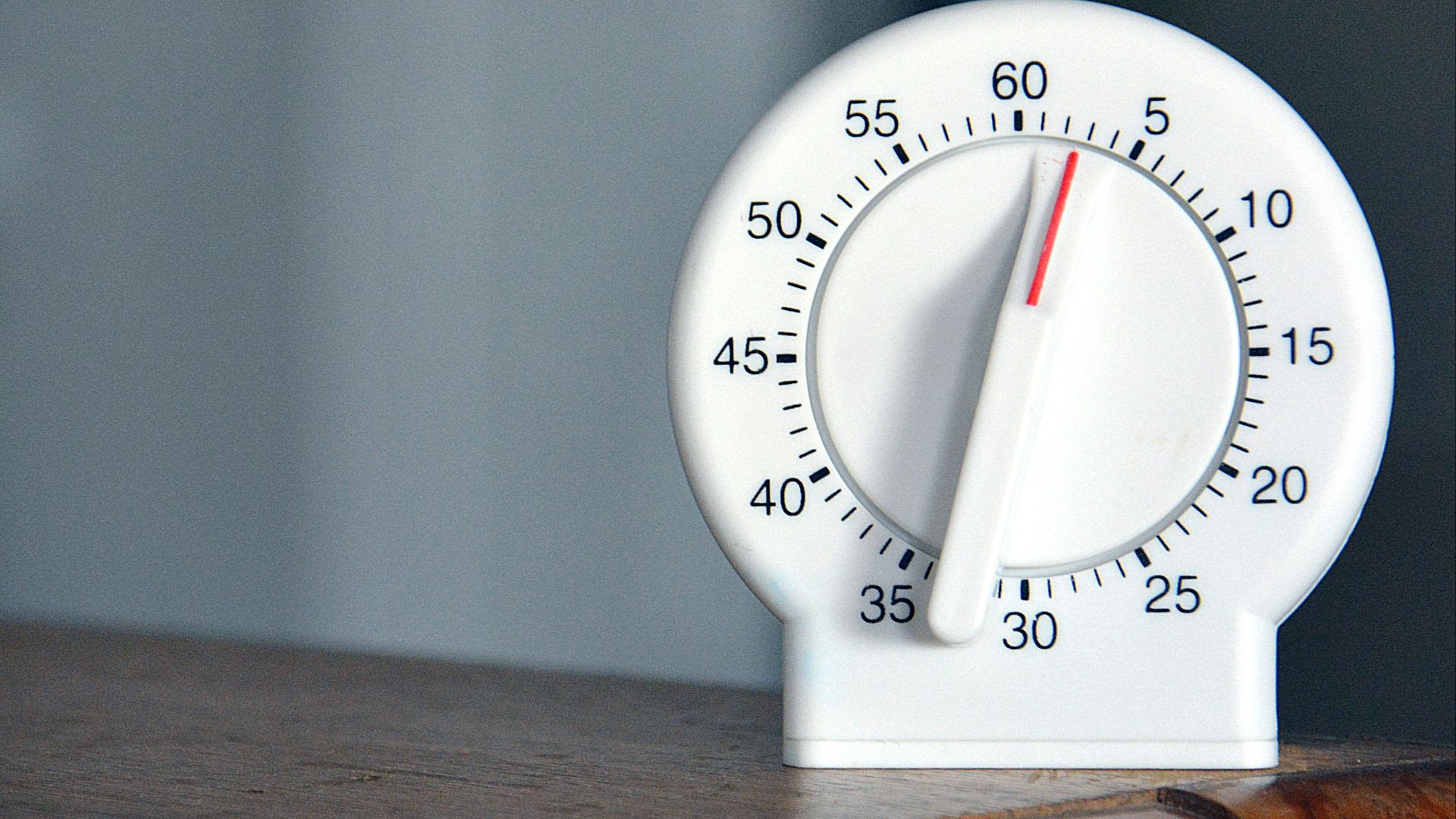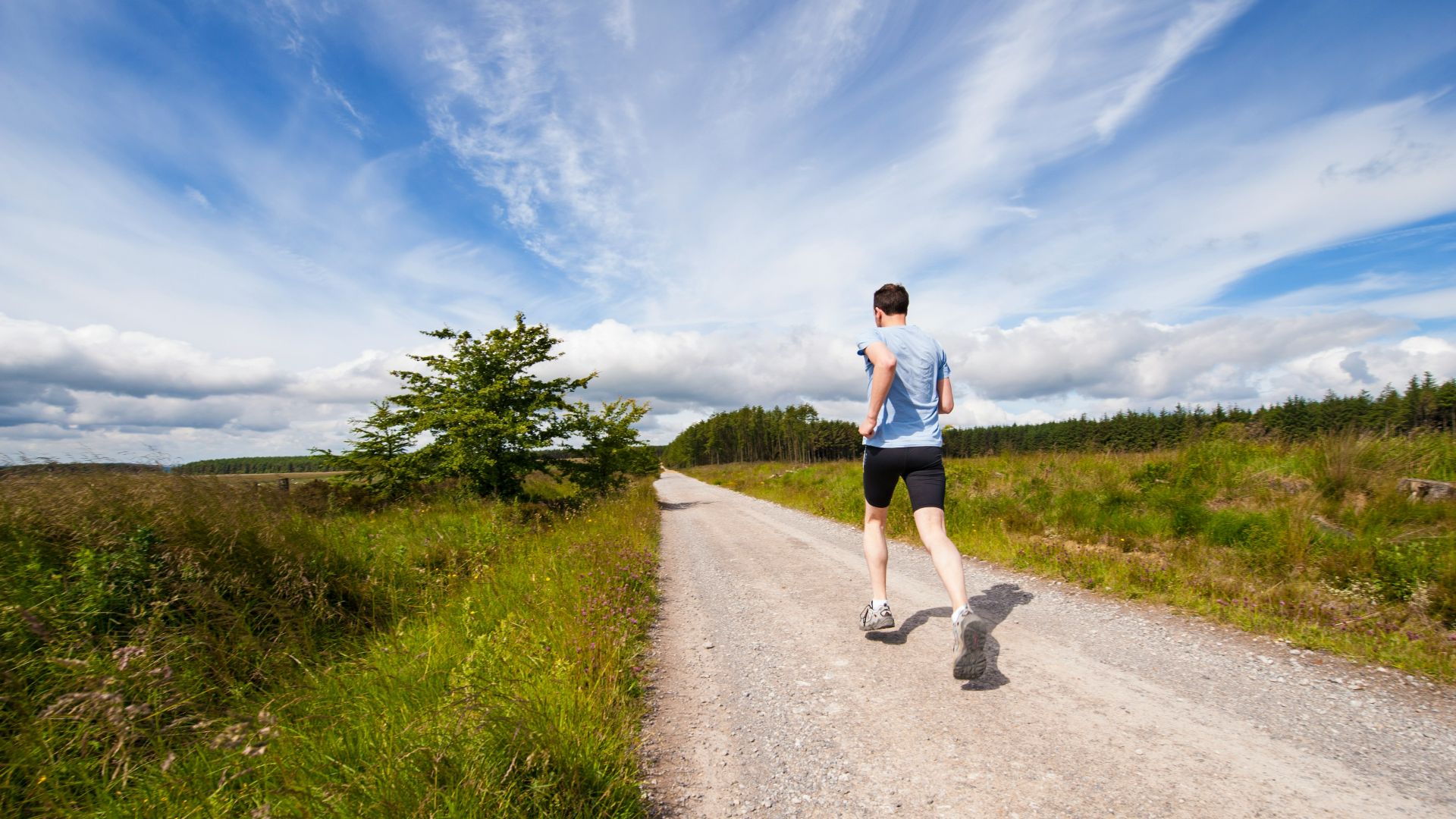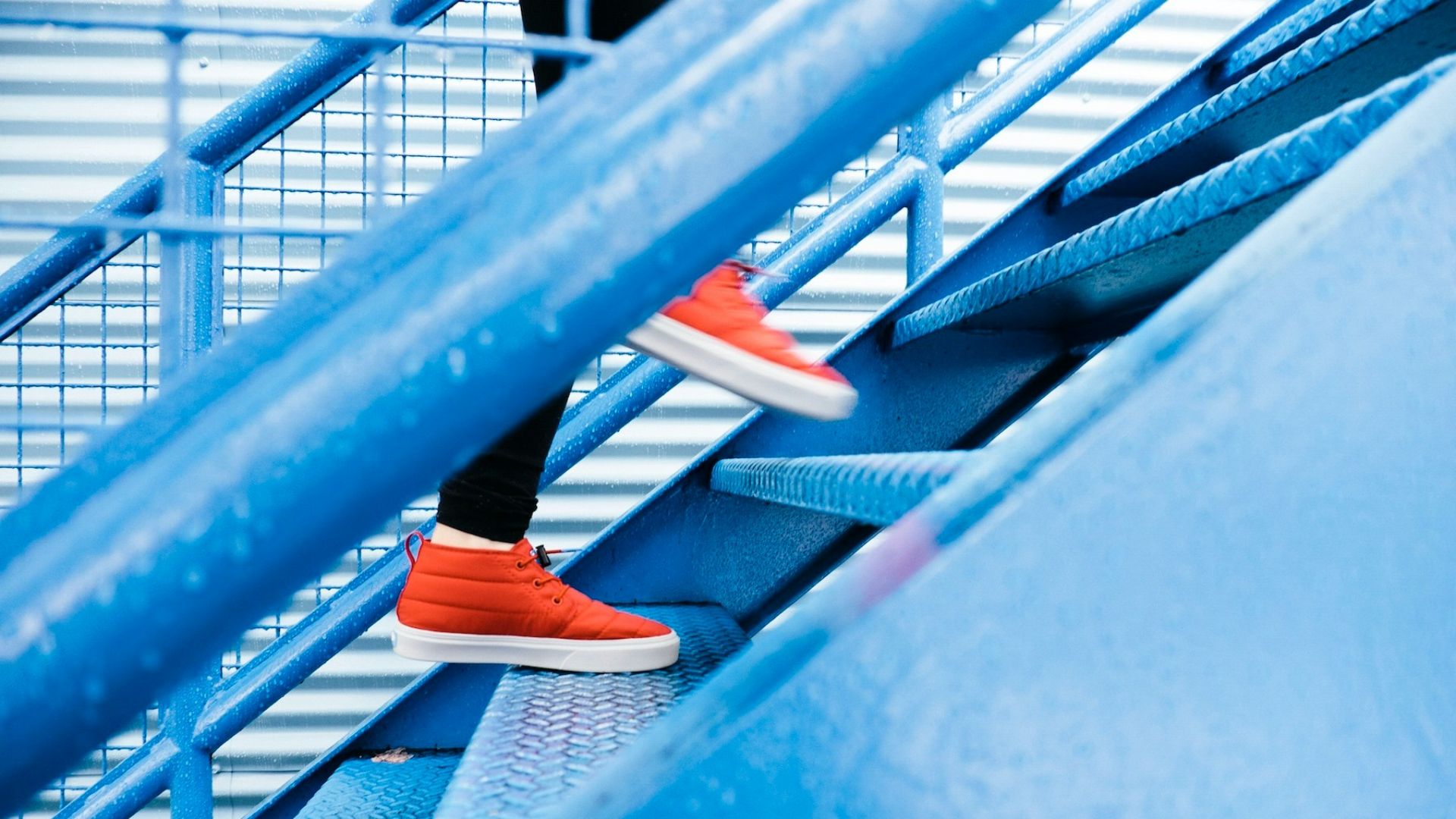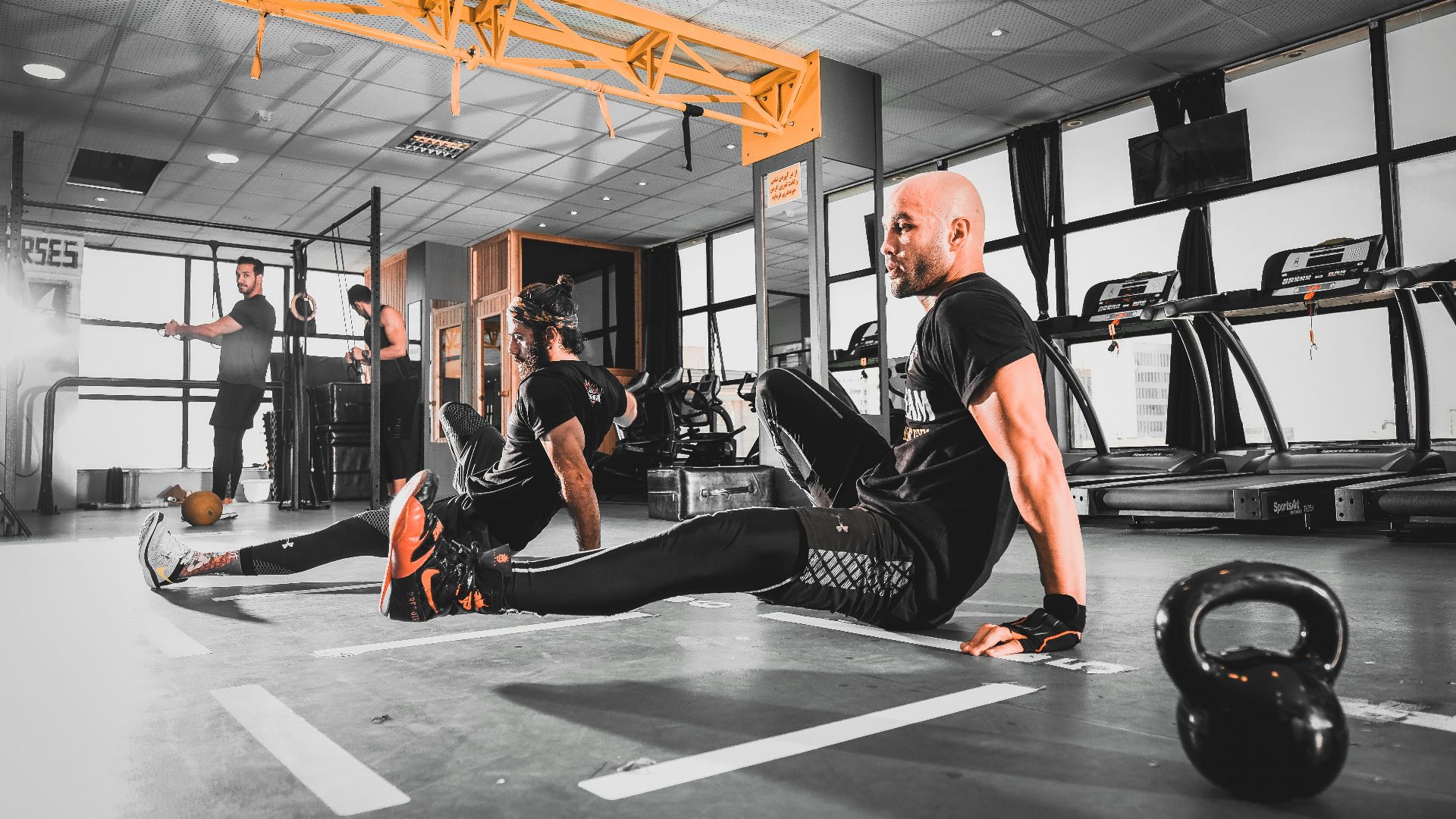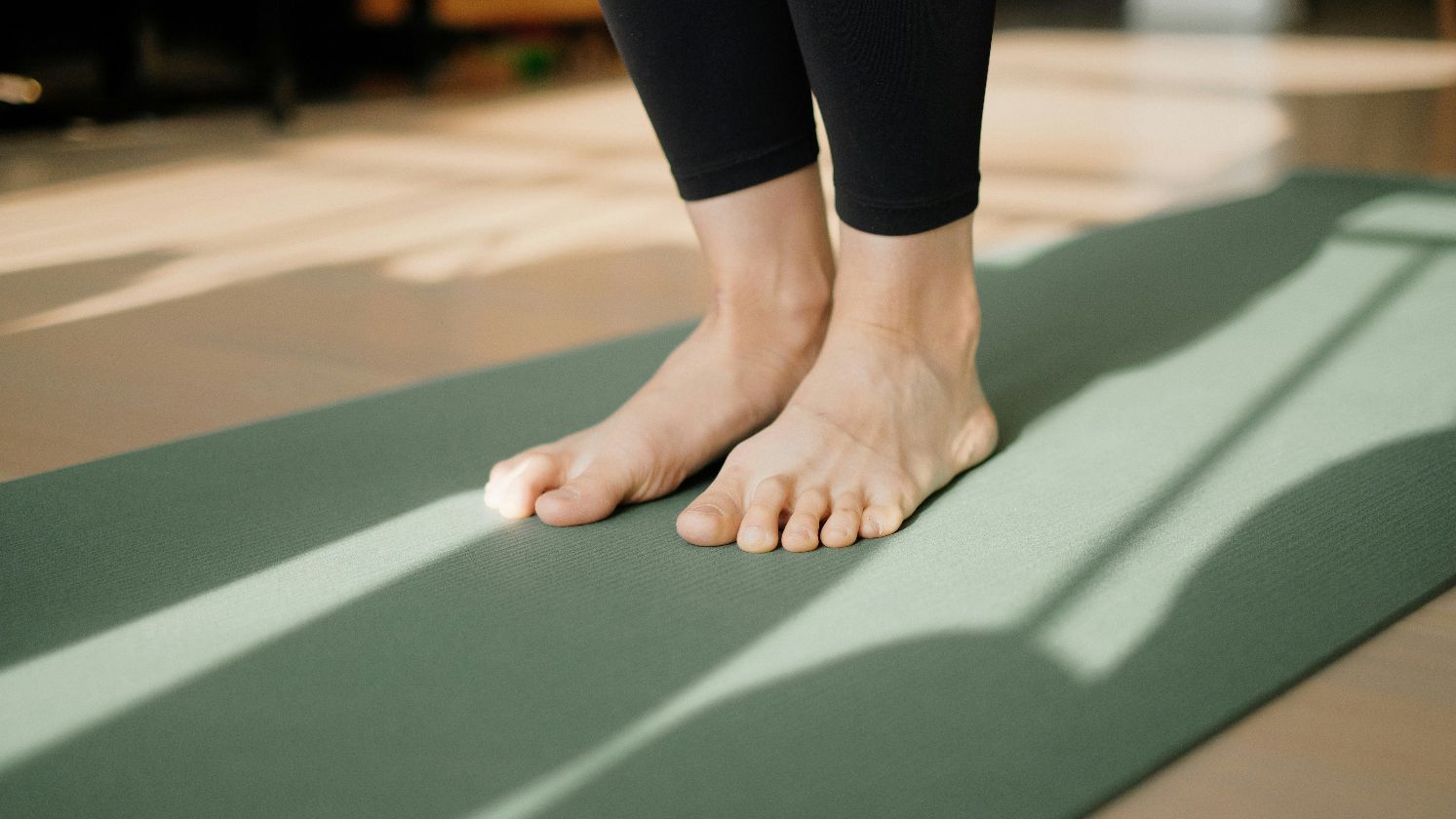Is Sitting the New Smoking?
How many hours have you spent sitting today compared to walking? Chances are, you counted far more hours being idle than active. And that's no surprise—with sedentary jobs taking over the market, more than 80% of Americans are sitting down at work than moving about. To put that into perspective, many adults sit for over 10 hours each day, yet still don't meet the minimum 30 minutes of physical activity. But just how dangerous is a sedentary lifestyle—and how can you break out of it?
1. Weight Gain
The more you sit, the more difficult it gets for your body to metabolize fats and sugars. Over time, this leads to weight gain and even obesity. Unsurprisingly, studies have found that men who sit more gain more inches around the middle—the most dangerous place to store fat.
 AllGo - An App For Plus Size People on Unsplash
AllGo - An App For Plus Size People on Unsplash
2. Weak Muscles
Not only does a sedentary lifestyle lead to weight gain, it also leads to weakened muscles. After all, when you're not keeping active or keeping your body engaged and moving, these muscles gradually atrophy. This is especially true for your lower body, like your legs and glutes.
3. Poor Posture
When you're always hunched over your desk and don't invest in ergonomic office equipment, your body is bound to suffer. This poor posture affects not only your spine, but your muscles, and it might even become permanent.
4. Increased Risk of Heart Disease
The longer you're inactive, the more this will hurt your heart and potentially lead to cardiovascular disease. With limited movement, your blood flow becomes sluggish, and this may cause fatty acids to build up in your vessels. Over time, you might see an increase in your LDL (bad cholesterol). Research backs this up—in fact, studies found that people who sat more were twice as likely to die than those who moved more. If that's not scary enough, findings also show that there's a 147% increased risk of suffering from a heart attack or stroke if you're sedentary.
5. Poor Mental Health
Unsurprisingly, your mood and mental health also go downhill. This might be because when you exercise and engage in physical activity, your body releases dopamine, a feel-good hormone. That's not to say that other activities can't promote these happy signals, but research still suggests that inactive people are more likely to develop anxiety and depression than those who move more.
6. Increased Risk of Type 2 Diabetes
When you sit, your body isn't as capable of breaking down fats and sugars as it would be if you were active. As such, staying idle leads to insulin resistance, which in turn increases your risk of diabetes, heart disease, and stroke.
7. Varicose Veins
Your blood pools in your legs when you sit for long periods of time. This can eventually lead to varicose veins—swollen, enlarged veins that develop due to a back up of blood flow. Though rare, this can sometimes lead to more serious problems like blood clots.
8. Dry Eyes
If you're not moving around, you're probably sitting or lying down somewhere with a screen inches from your face. And the longer you spend looking at these screens, the more likely you'll experience digital eye strain and dry eyes. While blue light glasses may help, they still don't replace the option of getting up and going outside.
9. Stiff Shoulders, Neck, & Back
Bad posture from sitting too much can lead to stiff shoulders, neck, and back. Constantly putting pressure on these points and your spine might lead to further, potentially permanent damage, putting you at risk of developing conditions like kyphosis (postural hunchback) and degenerative diseases like arthritis.
 Photo By: Kaboompics.com on Pexels
Photo By: Kaboompics.com on Pexels
10. Increased Risk of Cancer
Believe it or not, sitting too much may also raise your risk of certain types of cancer—namely, lung, endometrial/uterine, and colon cancer. While the reasons aren't yet clear, there's certainly a link between a sedentary lifestyle and cancer diagnoses, making it more important than ever to get up and move.
How can you incorporate more movement throughout your day if you have a desk job? Let's explore 10 easy ways to boost your physical activity.
 National Cancer Institute on Unsplash
National Cancer Institute on Unsplash
1. Invest in a Standing Desk
Perhaps one of the easiest ways to convert your workspace into something less sedentary is to take away the thing that's keeping you idle—the chair. By replacing your regular desk with a standing one, you encourage your body to move more and stay physically active.
2. Take Short Breaks
If you don't already use the Pomodoro Technique—25 minutes of work followed by a short, five-minute break—to boost your productivity, try it out. Every time the timer sounds, take a breather by walking around, stretching, or just grabbing yourself a drink.
3. Go for a Walk
You can take your breaks even further by going for frequent walks. If you work in an office, this can mean doing a loop indoors; if you work from home, you can opt to go outside or stay inside. Going outdoors to look at green scenery can also help reduce eye strain if you spend all day facing screens.
4. Go for a Morning Run
If you're an early bird, try waking up even earlier to go on a morning jog before clocking into work. Establishing this routine ensures you get the recommended 30 minutes of physical activity a day, and is a great way to energize your mind and body.
5. Bike or Transit to Work
If possible, bike or transit to work instead of driving. Sure, this might mean a longer commute time, but it encourages you to stay active and keep moving. Alternatively, you can choose to do this a few days a week, rather than every day, if that's more feasible.
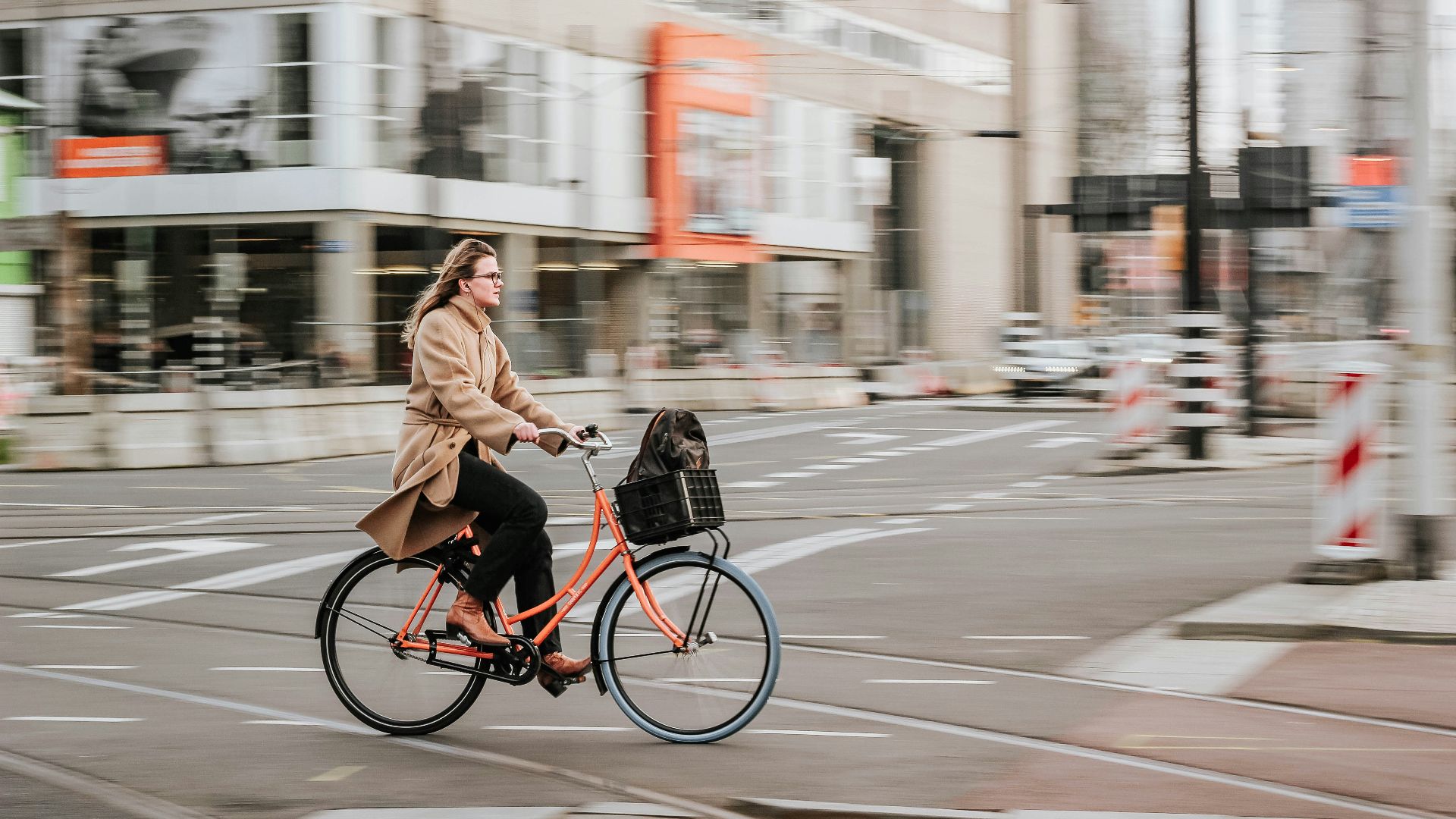 micheile henderson on Unsplash
micheile henderson on Unsplash
6. Take the Stairs
Do you usually take the elevator? If possible, try taking the stairs instead. And if you live in an apartment or work at an office that's pretty high up, you can alternate between riding the elevator and opting for the steps. Either way, the goal is to incorporate as much movement as you can.
7. Use a Stability Ball Instead of a Chair
To strengthen your core, try replacing your office chair with a stability ball. It might look weird to others, but it'll keep your muscles engaged throughout the day. It may also help improve posture, reducing pressure on your shoulders and lower back.
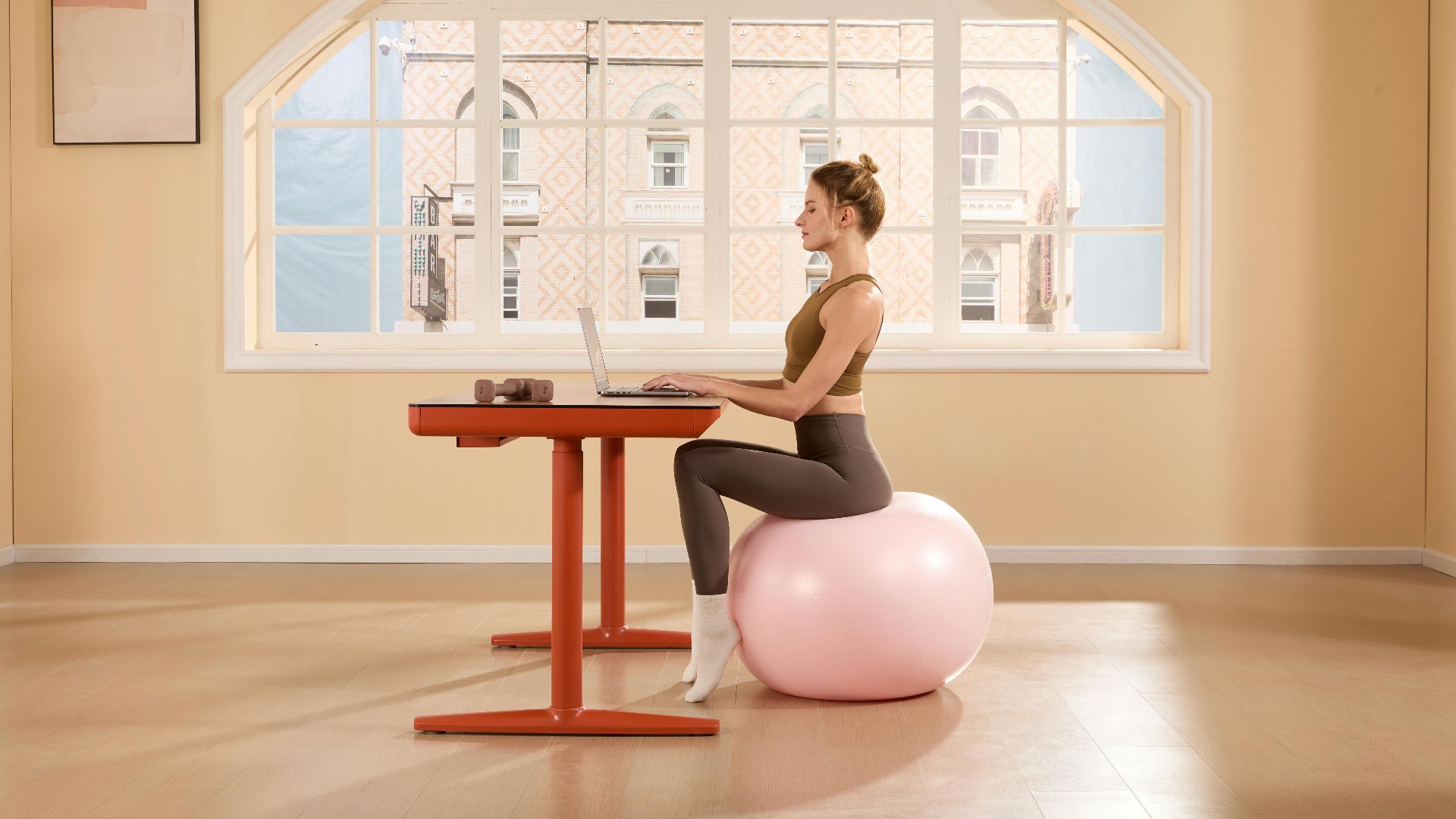 Höhenverstellbar Tischgestell Maidesite on Pexels
Höhenverstellbar Tischgestell Maidesite on Pexels
8. Incorporate Desk Exercises
While it's best to get up and move, you can also incorporate exercises to do right at your desk. Stretch your arms, rotate your muscles and neck, and try leg raises or squats. These small movements help keep you active without even leaving your workspace.
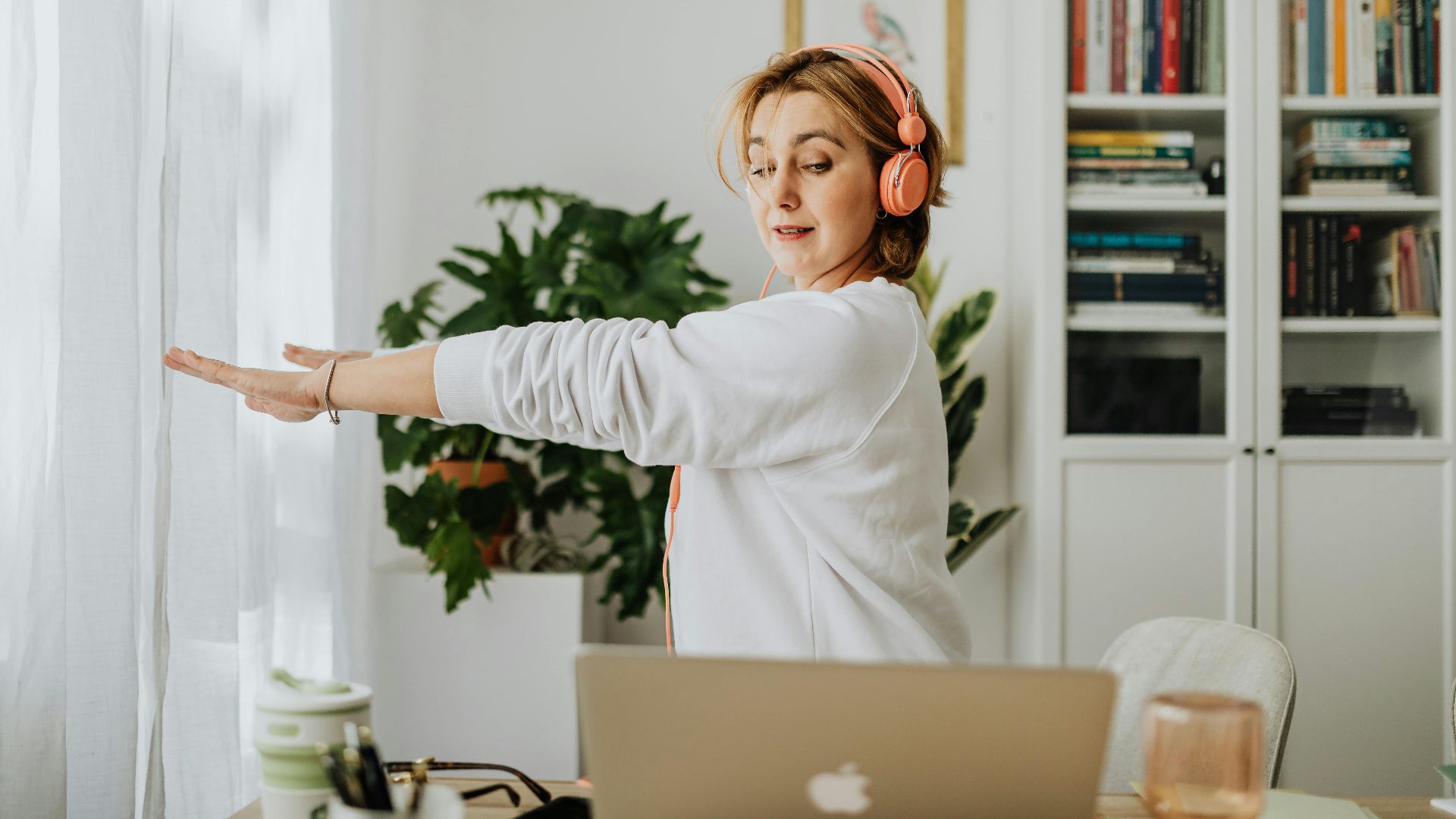 Photo By: Kaboompics.com on Pexels
Photo By: Kaboompics.com on Pexels
9. Join Workout Classes
If you struggle to find motivation to go work out after your 9-5, try joining a fitness class. Because these are group-oriented and usually cost a fee, they hold you more accountable so that you actually head to the gym. Plus, they're fun!
10. Park Farther Away
Whether you're driving to work or running errands, try to park your car farther away from the entrance. This forces you to walk a few extra steps and incorporates more movement into your day, allowing you to hit your activity goals faster.
KEEP ON READING









